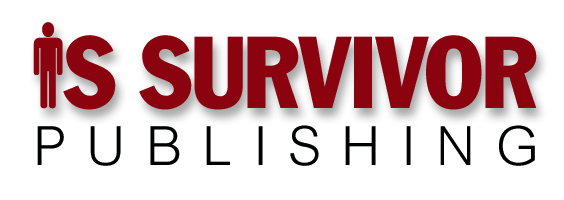The Internet is:
a) A vehicle for completely transforming society.
b) A source of useful information.
c) A new venue for marketing and commerce.
d) On the verge of collapse.
e) Excedrin headache #3.
I’m guessing most readers of this column would choose “e”. That’s too bad, because the Internet can be a great route out of the corporate slums for all of us in Information Systems.
Aren’t you tired of being viewed as a Money Pit? Focus on reducing costs and increasing productivity and that’s where you’ll stay. Like it or not, lots of companies see us as a necessary evil – money they’d rather avoid spending but are stuck with, like payments on a failing car.
No, you want to hook up with Marketing. That’s where the fun is, because that’s where revenue comes from. Revenue gets respect. Revenue gets glamour. Revenue gets … funding!
Right now, companies see the Internet as an intriguing marketing opportunity. Embrace it and get on board. If you need help, this is a great opportunity to flog my new book, Selling on the ‘Net, (National Textbook Company) due out mid-September, co-authored with my friend, father and great guru of direct marketing, Herschell Gordon Lewis.
Marketing has three basic goals: acquiring new customers, reducing customer defections, and increasing volume with current customers. While you’re lunching with your new marketing-director friend hearing details of your company’s plans for accomplishing these goals, point out that while the Internet has a lot of sizzle, several other technologies have much more potential. “What might those be?” he or she is sure to ask.
I’m glad you asked. Of a long list, here are four.
Data Warehousing: Here’s the perfect platform for a killer marketing database. You can use it strategically, to understand who buys what – information you can use for corporate planning.
You can also use this database for tactical marketing. What you know about each current customer’s recent buying habits helps you create tailored offerings to more effectively increase per-customer volume. You can use the same information for targeted marketing to non-customers, selling each one products and services popular with demographically and psychographically similar current customers.
Electronic Mail: Yes, plain, ordinary e-mail can become a powerful marketing weapon, and no, you don’t have to become a spammer. Do you have a customer newsletter? Offer it to customers via e-mail as an alternative to paper. Just set up a list server and make it easy for customers and prospects to subscribe.
Correspondence with subscribers isn’t spamming, it’s service – they’ve already expressed interest. Send them customer satisfaction surveys by e-mail. Use them as informal focus groups for refining ideas about new products and services. Use your imagination. E-mail, because of its immediacy and informality, cements customer relationships far better than any paper alternative.
Computer Telephone Integration (CTI): Here’s a wonderful technology. It has huge potential, but no logical internal sponsor until you came along. Add screen-pop to your call center (that is, automatically display customer records before transferring calls to call center agents). Add intelligent call transfer, where transferring a customer call from one employee to another also transfers the computer screens.
Add data-directed call routing, where information about a caller in your databases (or data warehouse) determines who should receive the call.
The secret to successful CTI: every customer contact must enhance the relationship. Every customer service interaction becomes a (soft) cross-selling opportunity and every sales interaction becomes a customer service opportunity.
Electronic Data Interchange (EDI): EDI, the electronic exchange of formal documents like purchase orders and invoices, has never lived up to its potential due to the extraordinary difficulty of converting EDI transmissions into database updates. Turn this to your advantage: customers who successfully exchange EDI transaction sets with you are unlikely to leave you for a competitor – it will cost them too much.
There are other customer-facing technologies, too. Let someone else maintain the accounts payable system. In this Olympic year, go for the gold.
